Ashikaga Yoshimasa became Shogun in 1449 and began one of the worst periods of leadership in Japanese history, yet his cultural contributions can be seen almost everywhere. Though his reign is commonly known as the beginning of the end for the Muromachi Dynasty, Yoshimasa’s escape from power helped nurture the flames burning inside the soul of traditional Japanese culture. So many beautiful temples and buildings rest within Kyoto’s boundaries, but Yoshimasa’s mountain retreat is where it all started. Although not solely responsible for Higashiyama Culture that eventually spread throughout Japan, Yoshimasa had a keen eye for talented individuals and he rewarded them with patronage and a voice at his retreat.
Yoshimasa’s Silver Pavilion (Ginkakuji)
This travel guide is part of our series on Japan Travel and East Asia Travel. It was originally created on April 1, 2015. It has been maintained and updated (as of December 28, 2018) to reflect current viewpoints and travel trends.
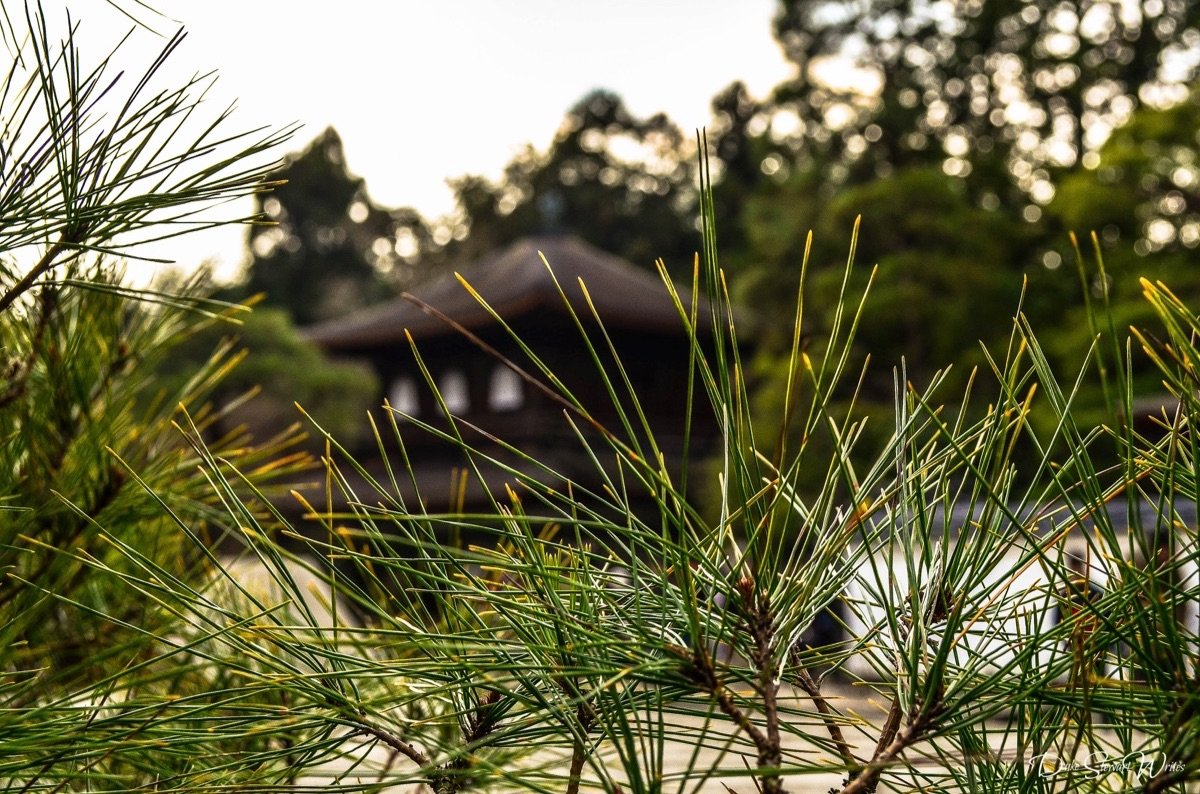
“Under the guidance of the former shogun Ashikaga Yoshimasa, the Higashiyama era represented a kind of cultural renaissance in the wake of the worst destruction Japan had ever experienced.” Donald Keene, Yoshimasa and the Silver Pavilion: The Creation of the Soul of Japan.
Higashiyama
Named for the mountain retreat that would eventually become known as the Ginkakuji (Silver Pavilion), Higashiyama and Yoshimasa are largely inseparable. The soul of traditional Japan was born here and truly makes the Ginkakuji a special place. Products of the Higashiyama era include Noh Theatre and those gardens characteristically found throughout modern-day Japan. The art of flower arrangement (ikebana) also came out of this short period but the most recognizable Higashiyama contribution is the tea ceremony, a common feature enjoyed by visitors to Yoshimasa’s house.
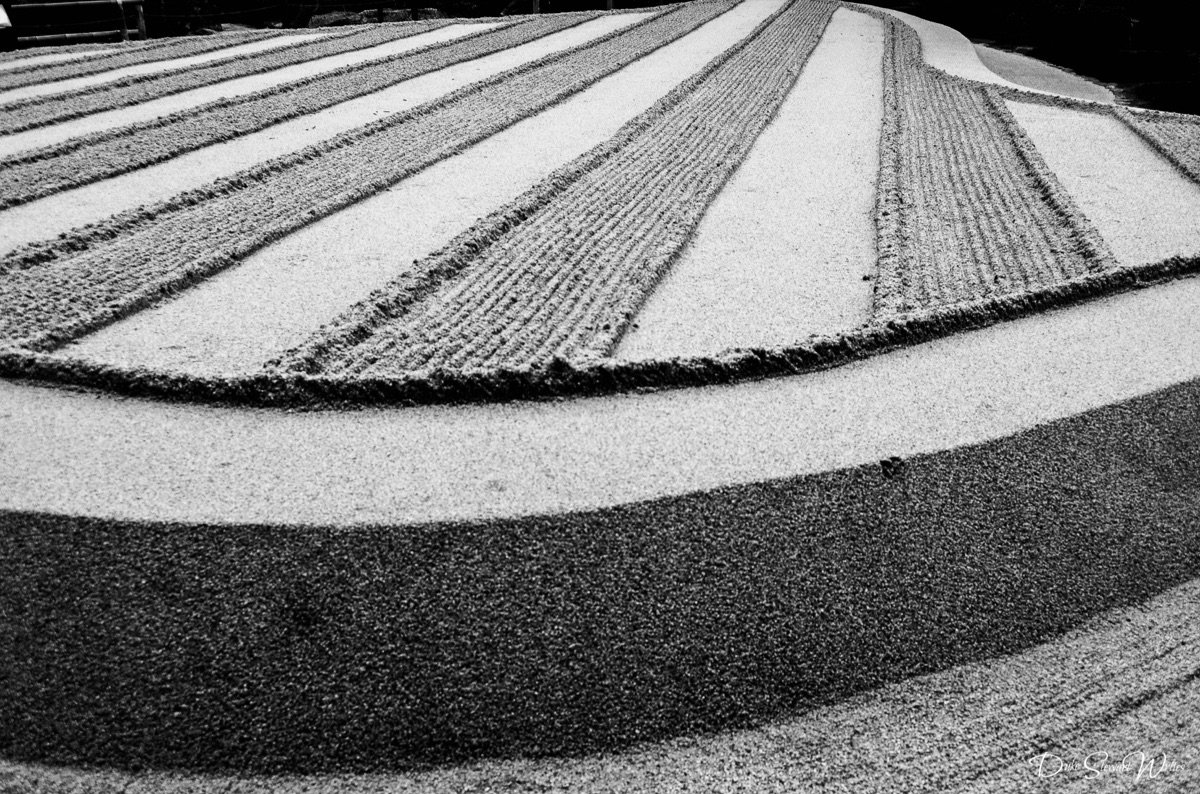
Ginkakuji
Every time I set foot here, its wonder strikes me more than before. Everything about it is gorgeous and if not for Yoshimasa, we’d probably never know about it. High culture was largely reserved for the elites like his grandfather Yoshimitsu, whose Golden Pavilion (Kinkakuji) is more glamorous in comparison. Walking inside requires a short walk up the base of Higashiyama and through a walkway surrounded by perfectly trimmed hedge path. Immediately, Yoshimasa’s wonderful living quarters are on display with sand gardens and spectacularly toned moss that remains green throughout the year.
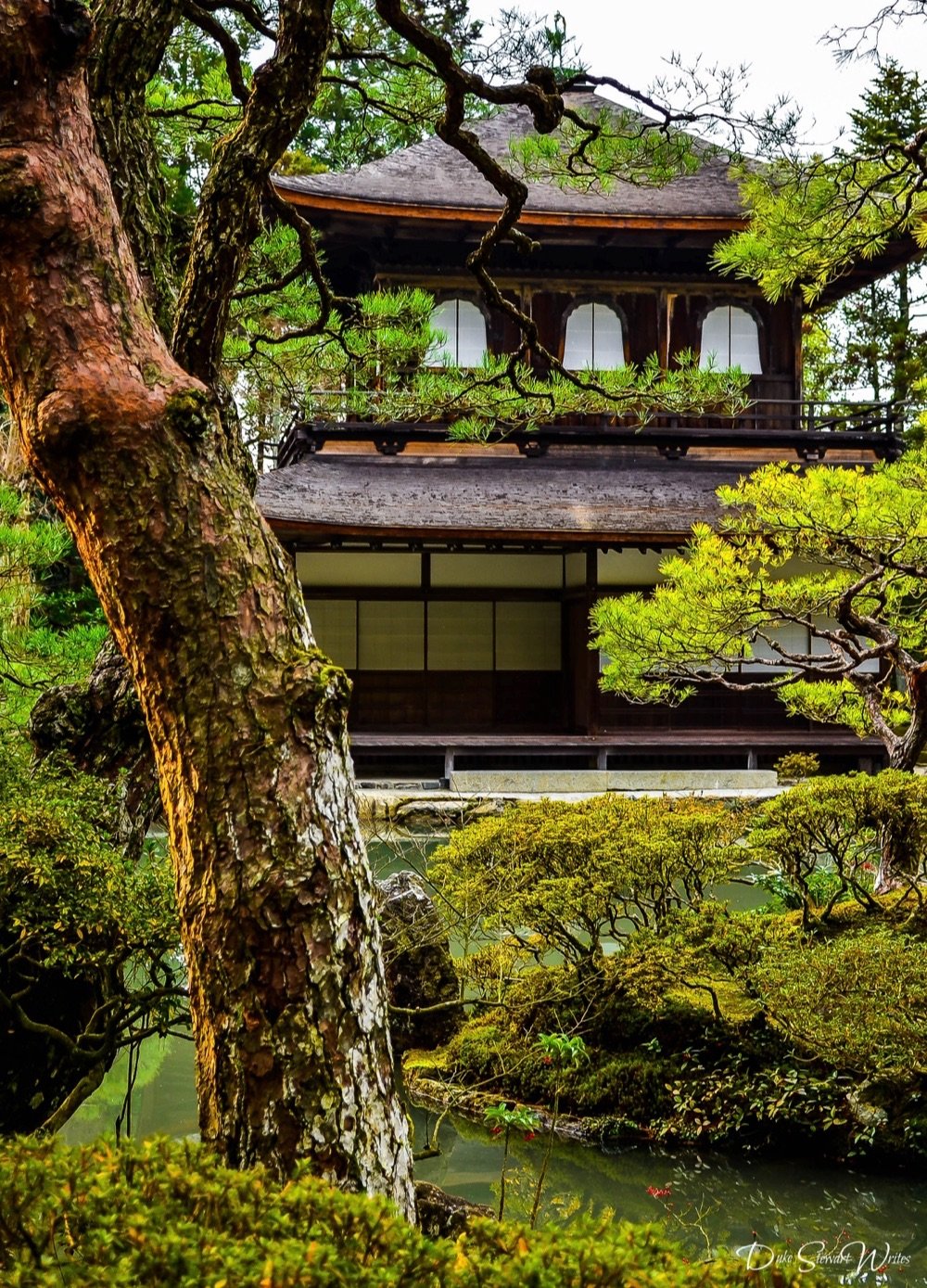
Insignificant Shogun?
Japanese History can be quite overwhelming, thanks to thousands of years designated by countless periods and emperors. Ashikaga never comes up when talking about Japanese history, as that’s usually reserved for names like Nobunaga and Tokugawa. Yoshimasa has very little to do with the glories and triumphs that usually accompany these warrior generals. Considering his rule is largely attributed to the series of civil wars that began on his watch. He appears to be otherwise insignificant, except for the Ginkakuji, but in reality his contributions were much more important in (at the time) subtle ways.
Instead of sticking around to fight and restore order to Kyoto, Yoshimasa went to the mountains and carved out his own piece of heaven at Ginkakuji. The Silver Pavilion doesn’t stand out in the ways that Kyoto’s other temples are known, but it’s crucial to visit Ginkakuji when trying to dig in and find the soul of Japanese culture. It’d be impossible to understand without stopping by.
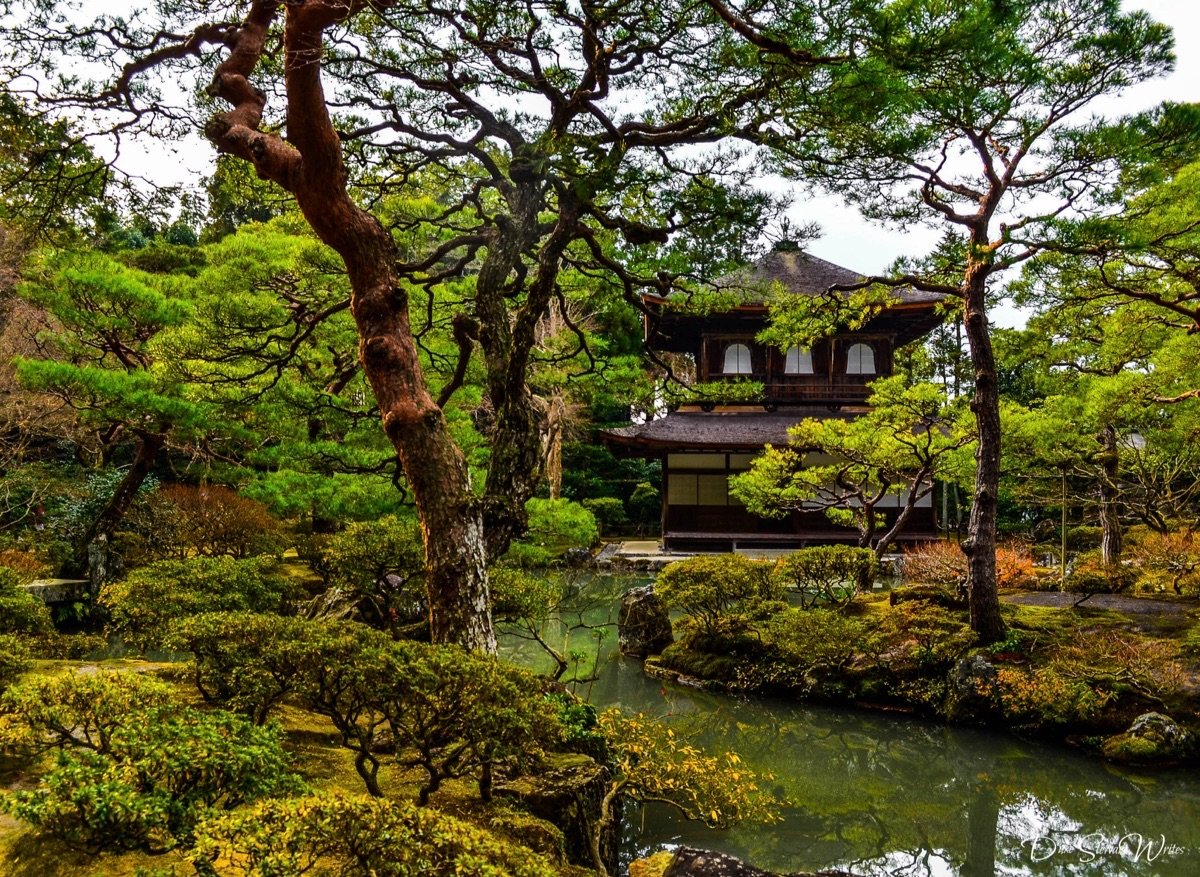
Getting to Ginkakuji
Courtesy of Japan Guide
By Bus – From Kyoto Station, you can reach Ginkakuji anywhere between 35-40 minutes and for just over 200 yen. If it’s a busy day in the city or later in the afternoon, the trip might take a little longer so leaving early is best.
By Foot – Start at Nanzenji Temple and walk along Kyoto’s famed Philosopher’s Path that’ll get you to Ginkakuji in 30 minutes if walking quickly. If you’re the type who loves a photo or two, expect 45-1 hour but it’s worth every second!
Read more Japan travel stories and guides and take your imagination there!
Pin and Share
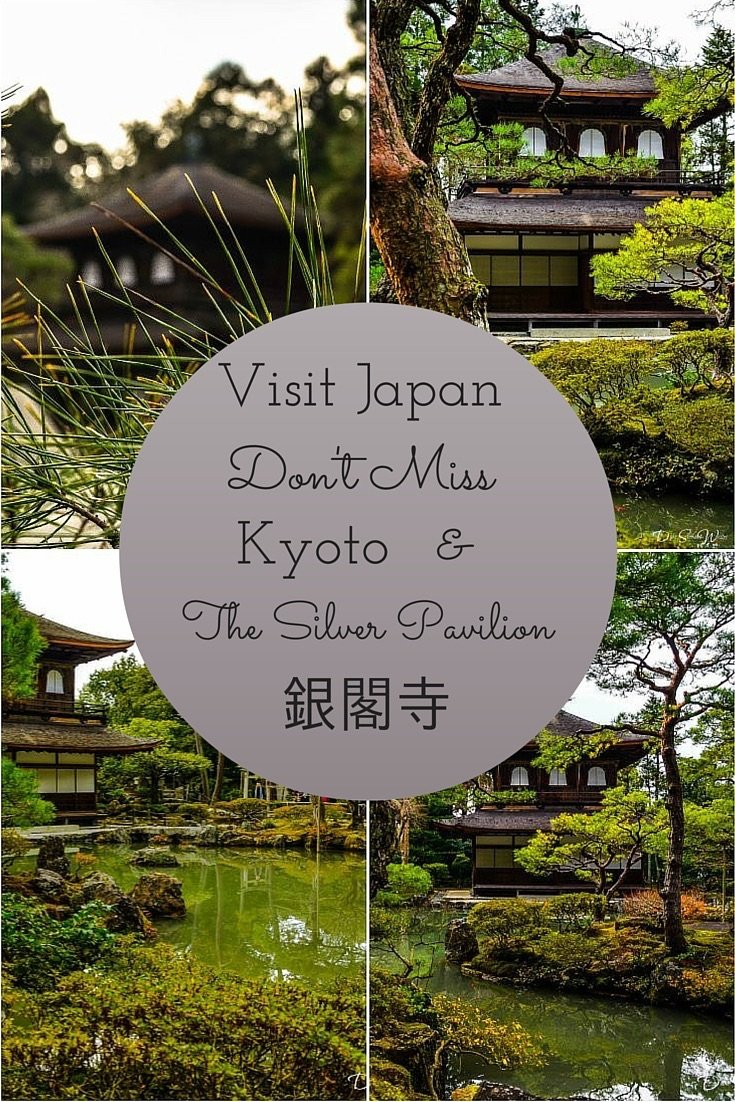
DISCLOSURE: I may be an affiliate for products that I recommend. If you purchase those items through my links I will earn a commission. You will not pay more when buying a product through my link. In fact, I oftentimes am able to negotiate a lower rate (or bonuses) not available elsewhere. Plus, when you order through my link, it helps me to continue to offer you lots of free stuff. Thank you, in advance for your support!

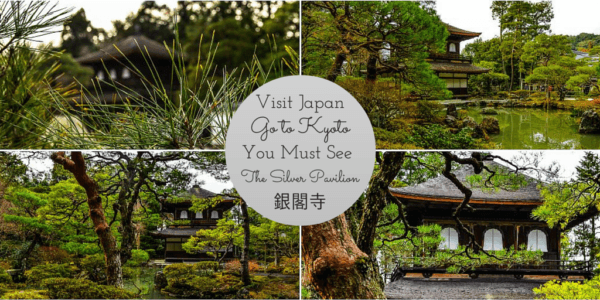
Pingback: Travel Bloggers Share Their Favorite Places in Japan! – The Neverending Wanderlust
Pingback: Japan - Why I Go Back?
I went here but wasn’t overly impressed…and remembered it being kind of expensive to enter the grounds? Maybe like 500-600 Yen. Perhaps because I found the golden pavilion more beautiful?
That’s possible. I mean, I enjoyed the Golden Pavilion but the history nerd in me loved this one more. Thanks for commenting and sharing your thoughts. I always love to hear different perspectives on these places!
It’s a beautiful place. Following the Philosopher’s Walk to get there adds even more to the experience.
I guess it is only human (or say western) that kingakuji attracts way more tourists. And in a way the golden splendor represents the Muromatchi period and the begining of the tea ceremony in a better way. After all, wasn’t it Toyotomi Hideyoshi who had himself built a golden tea room?
Still i can only agree with you that ginkakuji represents japan in a better way. Ever since that time japanese culture embarked on a long journey towards uh..well..wabi sabi i guess. Personally speaking the Katsura Imperial Villa would be my personal pick. Naturally there are like 80 years in between gingakuji and Katsura – yet the latter is so beautiful in its austere simplicity it quite literally makes me cry.
thx again for sharing this with us 🙂
Pingback: Why I Travel - To Follow Idols
Similarly to before I came to Korea, I know almost nothing about Japanese history. So interesting that one of the leaders with the worst leadership has some significant contributions to the Japanese Culture.
I am attempting to plan a trip to Japan in May or June and trying to figure out what to do/where to go, I will definitely be taking your Japan posts into consideration as I figure out my plan!
Thanks Katie! Any thoughts on where you’re going yet? I’d love to help, if possible!
But yeah, definitely go to the Silver Pavilion if you get a chance. It doesn’t have that “WOW” factor that the other temples have but the Zen Gardens and bright green all around really makes this one special:)
After living in Korea, I don’t have a very positive image of Japan, nor have I really enjoyed the few times I’ve visited there. That being said, I love these photos. Please post more pics next time!
Thanks for your comment. I’m kind of surprised that you didn’t like Japan so much, though I understand the sentiment that living in Korea can create. Anyway, I’ll try my best to offer some more pictures:)
Take care.
I skipped this one as well, and I wish I hadn’t! It sounds like a really fascinating place. I love visiting spots where the sense of history is palpable. Thanks for taking me there for a spell.
Thanks Nathan. I’m really surprised at how people have missed this one, because it’s always been crowded when I’ve stopped by. Maybe they’re all headed to the other highlights like the Golden Pavilion.
Appreciate your comments. Take care.
What an interesting post. I love how your photography kind of matches the tone of Japan’s long history… A bit dark and mysterious. Very interesting!
Love the history lesson. I too enjoy how you tell us about where the country’s past lies. I’ve visited Tokyo and will need to go back to Japan for other non-commercial sites. Nice post!
I love getting a little dose of history every time I visit your site. Japanese history is indeed a bit overwhelming but every time I learn something (usually here!) it fascinates me and makes me long to return.
And I’m also now upset that I didn’t visit Ginkakuji when I was in Kyoto. I don’t even remember hearing/seeing anything about it which is unfortunate because it seems awesome.
Thanks for sharing a bit of the history! I’m hoping to visit Japan within the next year and will be sure to visit the Silver Paviiion!